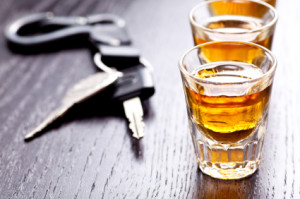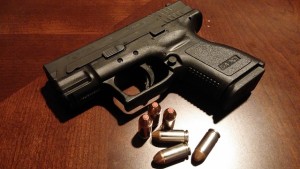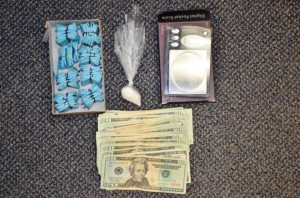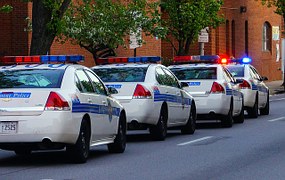 There are two main types of gun permits that everyday citizens may decide to pursue, and before discussing the question of how a person goes about obtaining a Maryland gun permit it is important to distinguish between these two types. In 2013 state lawmakers passed the firearms safety act, which drastically changed the process for everyday citizens to purchase handguns. In addition to outlawing the sale of any gun with a magazine capacity over ten rounds (including the popular 15 round capacity Beretta M9) lawmakers also decided to require all citizens to obtain a Handgun Qualification License before purchasing any type of handgun. The stated goal of the HQL license was to assure that only the most qualified and educated individuals could purchase handguns, but in reality the state really just maintains extreme control on the legal gun market going forward. The HQL license is not particularly difficult to obtain, as it requires the individual to take a four-hour class (unless exempt for being law enforcement, military etc.) and also pass a background check that requires giving a fingerprint sample. After obtaining a HQL a person will be issued a card that allows them to purchase. This qualification license DOES NOT allow a person to lawfully carry a concealed handgun nor does it provide a legal means for open carry. The process for obtaining a carry permit is much more involved, and difficult for an everyday citizen.
There are two main types of gun permits that everyday citizens may decide to pursue, and before discussing the question of how a person goes about obtaining a Maryland gun permit it is important to distinguish between these two types. In 2013 state lawmakers passed the firearms safety act, which drastically changed the process for everyday citizens to purchase handguns. In addition to outlawing the sale of any gun with a magazine capacity over ten rounds (including the popular 15 round capacity Beretta M9) lawmakers also decided to require all citizens to obtain a Handgun Qualification License before purchasing any type of handgun. The stated goal of the HQL license was to assure that only the most qualified and educated individuals could purchase handguns, but in reality the state really just maintains extreme control on the legal gun market going forward. The HQL license is not particularly difficult to obtain, as it requires the individual to take a four-hour class (unless exempt for being law enforcement, military etc.) and also pass a background check that requires giving a fingerprint sample. After obtaining a HQL a person will be issued a card that allows them to purchase. This qualification license DOES NOT allow a person to lawfully carry a concealed handgun nor does it provide a legal means for open carry. The process for obtaining a carry permit is much more involved, and difficult for an everyday citizen.
The rules governing carry permits in Maryland were not particularly affected by the firearms safety act of 2013. Rather, these rules are governed by title 5 of the public safety code. Concealed carry permit applications that are denied can be appealed to the Office of Administrative Hearings or (OAH), where an Administrative Law Judge will decide whether a permit shall issue. Without a permit you cannot wear, transport or carry a handgun unless you are going from home to the range/ gun shop or vice versa, and unless the weapon is packaged correctly in a case, unloaded and not readily accessible. The fees to apply for the permit are relatively cheap but the instruction and course could cost a few hundred dollars. Any applicant that hopes to obtain a permit must be an adult who has not been convicted of crimes including drug offenses and other offense where the sentence was more than 1 year, and all applicants must complete 16 hours of training by a qualified instructor, and then 8 hours of additional training for renewals.
Once an applicant meets the basic requirements the board will then conduct an investigation to determine whether the applicant has ever exhibited a propensity for violence or instability. If you have ever been charged with assault or if a peace order or protective order has ever been taken out against you then you can bet this will come back to bite you during the investigation stage. If the board determines you are suitable after the character investigation they will next move to the most difficult stage where the majority of applications fail. Under the law an applicant must prove a good and substantial reason to wear, transport or carry a handgun that rises to the level of finding that the “permit is necessary as a reasonable precaution against apprehended danger”. In a nutshell this means that the applicant must prove that he or she needs the permit to protect against danger that they are likely to encounter. The burden is on the applicant to prove this is the case, but the problem is that many citizens cannot site specific facts that make them likely to encounter danger. It is not enough in Maryland to just be a law-abiding citizen with the desire for extra protection, as the board will need more persuasion under the law. That being said, most applicants who meet the requirements and provide a good and substantial reason will be granted a permit. This law could soon change, as the Supreme Court is set to rule on a similar New York law where the applicant has the burden. We will post a follow-up article after the opinion is released in the coming months.
 Criminal Defense Lawyer Blog
Criminal Defense Lawyer Blog









